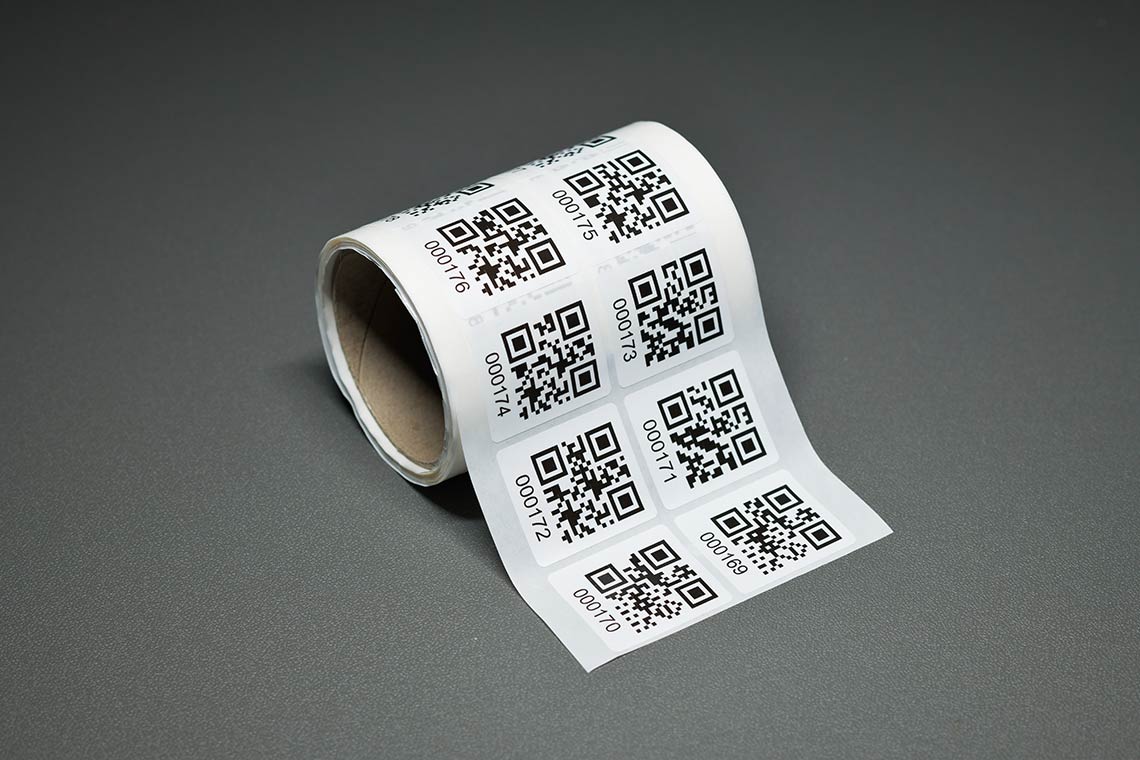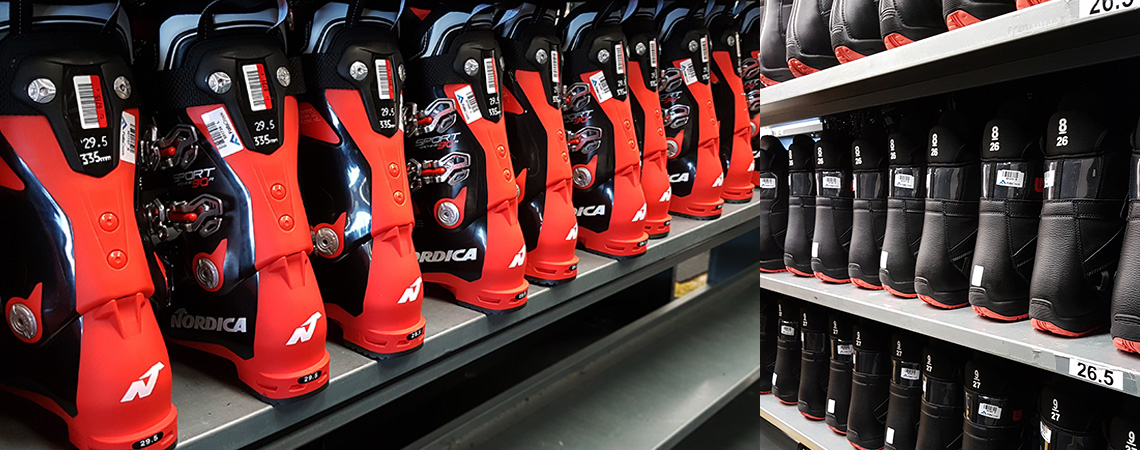QR Codes vs Barcodes

In this comprehensive guide, we'll demystify the ongoing debate of QR codes vs Barcodes and look at which is the best for your industry. Lets go!
Lets begin by breaking it down simply, without diving into industry jargon. What barcodes and QR codes have in common is that both of these printed codes contain information about an item and allow you to store information and track items. They are designed to be read by a machine, like a barcode scanner, or even a smartphone. But the main difference lies within the barcode being one-dimensional, as opposed to QR codes being two-dimensional, making the QR code potentially more valuable because it can store more information.
Because of this very reason and the recent need to reduce human contact due to the global pandemic, more and more industries have started using QR codes which explains its massive growth in popularity.
Below we outline the unique features and benefits of both QR and Barcodes and their use in different industries, and then finally we make the decision on which is more suitable for certain applications.
What is a QR Code?
![]()
A QR Code, also known as a Quick Response Code, is a two-dimensional version of a Barcode. Traditionally information from a barcode is read horizontally, but with a QR code information can be read both vertically and horizontally. This means a QR code can hold a larger volume of complex information compared to barcodes. Interestingly, QR codes took a while to take off and gain momentum. But with the improvement of smart phones and the ease at which someone can scan a QR code, it provides a lot more opportunities. The rise of COVID-19 played a huge role in driving QR code adaption across industries previously unfamilar with its benefits. Discover unique ways you can use QR codes for your business.
QR Code Breakdown
- They read a large amount of data
- When used for inventory, can give a lot more precise information
- Give assets a unique identity because each QR code is different
- Can be scanned and read easily compared to a few years ago
- More likely to be read if damanged, compared to barcodes
How to use a QR Code:
These codes and the information contained in them can be accessed by using a QR Code Reader. There are many applications available to download for smartphones to allow users to scan QR codes from their device, and some of the newer smartphones even have QR code readers built-in to the camera function.
QR Codes are very useful to share complex information like email addresses, website links, photos, videos or even location data, something we see a lot from our customers that utilise our QR code labels. The way they are designed also allows for customisation – you can include logo’s in the code itself, and choose whether you’d like them printed in Black and White or Colour. QR Codes are perfect for engaging staff or customers and giving life to your label or tag.
See how Australian Venue Co. use QR codes to benefit their business.

What is a Barcode?
![]()
Put simply, a barcode is a horizontal one-dimensional form of information. They are made up of black lines of varying thicknesses and different numbers. These codes are read by a scanner when they are placed on a surface, although it does need to be the right angle. We are used to seeing these labels on products to identify price, but they can be used also to track, sort and manage all different types of items. Typically, you would see them in a supermarket where an individual product contains the same barcode on all of its packaging.
Barcode breakdown
- Can't store as much information as QR codes
- Need to be scanned from a certain angle
- Used most commonly for tracking stock and basic product info
- There are different types of barcodes i.e. code 128, code 39 and interleaved 2 of 5
How to use a Barcode:
Barcodes can only be read horizontally, which is why they are considered one-dimensional. Barcodes are generally read with a barcode scanner, although there are some smartphone applications which can also do this.
They hold a basic amount of information, compared to QR Codes, but their simplistic design means they are ideal for storing straightforward text like a name, price or weight. Some of the most common uses include inventory or stock management, and creating an asset tracking system. We can create custom barcode labels for a variety of uses – you can customise the size, shape, numbering and materials used to suit many different applications.
.jpg)
Quick Comparison: QR codes Vs Barcodes
QR Code Advantages
- Can store large volume of data
- Can be used in many industries from business, manufacturing to healthcare
- Highly durable and can be scanned using a smartphone
QR Code Disadvantages
- Slowly gaining popularity and familiarity among people
- Data sharing can be a bit risky
- Requires a smartphone to scan the QR Code
Barcode Advantages
- Easy and simple to use
- Heavily used in retail and inventory tracking industries
- Less expensive than QR codes that require a bit of aesthetics
Barcode Disadvantages
- Stores very limited information
- Requires the use of a specific barcode reader
- Not useful for a lot of industries
Industries that use Barcodes and QR Codes
By now it must be clear what each type of codes does. Let’s now look at how different industries use these codes to expand communication with their customers and eventually gain better business results.
First things first, the use of QR codes and Barcodes is not limited to the industries mentioned below. These are the most common industries that have been using QR codes and Barcodes as a part of their business strategy.
Manufacturing/Inventory
Tracking If you’re part of an asset or inventory management industry, then you know how important asset labels are. You can use pre-printed asset labels to keep a track of your inventory, or fully customise one with your own logo. You’ll be surprised by how much information this tiny label can hold, making managing large volumes of product with intricate information a whole lot simpler.
Retail
Products that go on the shelf mostly contain barcodes because they don’t need to hold a lot of information. All that’s needed is to keep a tab on the inventory which a barcode can do easily.

Hospitality
In the past two years, restaurants and hotels have changed the way they offer services to keep up with the dynamic environment that they operate in. Many have moved to the use of QR codes to abide by the COVID protocols. If you’re in the hospitality industry, then now is the time to switch to contactless ordering and payment. Read up more about our QR code labels and check out the work that we have done with some restaurants.
Education
With the huge volume of students studying online now, many schools and universities have opted for QR codes to share lectures and important information about class that is not possible with a basic barcode. This is a much needed upgrade in the education industry to offer students a better online learning environment.
Marketing and communication
Again, one of the important industries that heavily depend on QR codes to track sales, performance of marketing campaigns and connect with the customers. QR codes come in handy when you have to get customers to your website, get them to watch a brand video or track their activity and analyse how well your product launch campaigns are doing.
Healthcare
Breaking traditional procedures that the healthcare industry operates on can be quite challenging. However, after having gone through the global health crises more hospitals are moving towards the use of QR codes to replace the use of paper and track patients’ medication. If you’re from a similar industry and are looking to enquire more, contact us.
QR codes and Barcodes - which is better?
Finally, we come to the decision.
Because there are so many possible applications to use either type of code, often regular barcodes are suitable and will do the job required. In saying that, the sheer amount of data QR codes can hold gives it a distinct advantage from that point alone. So if we're discussing asset tracking and generally managing assets, QR codes offers a huge upside. In the last few years, QR codes have become hugely popular among various industries due to the flexibility and tracking options that they offer.
When you add into the mix that QR codes are a lot easier to scan compared to one-dimensional barcodes, are generally more durable and offer a unique code for each item - it makes the decision to choose QR codes over barcodes a lot more clear cut.
